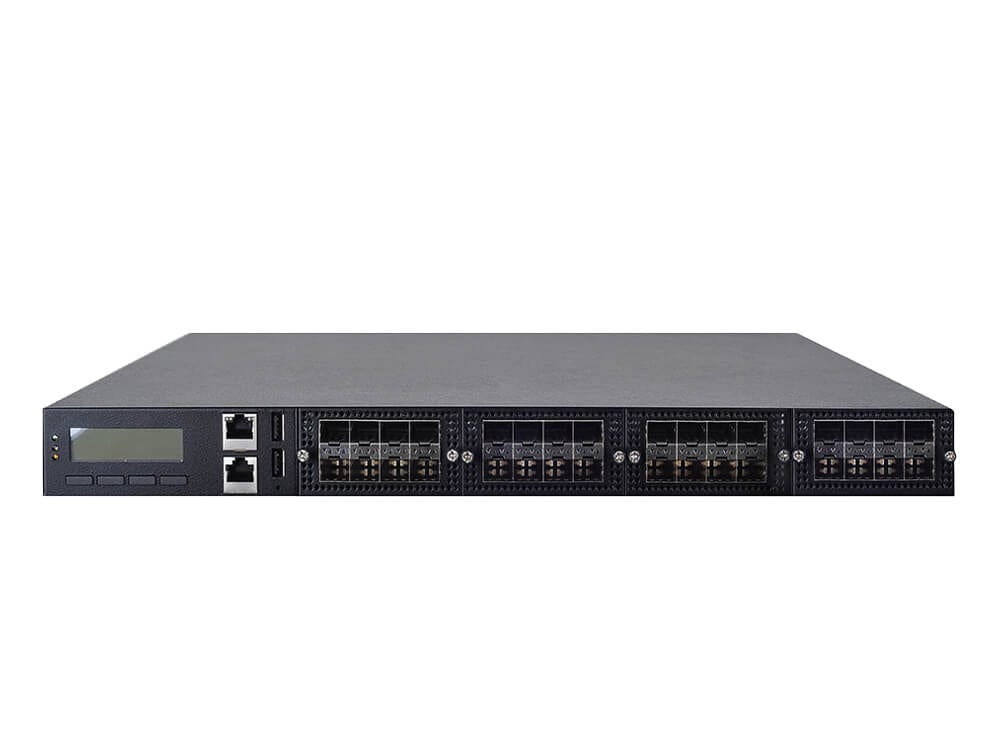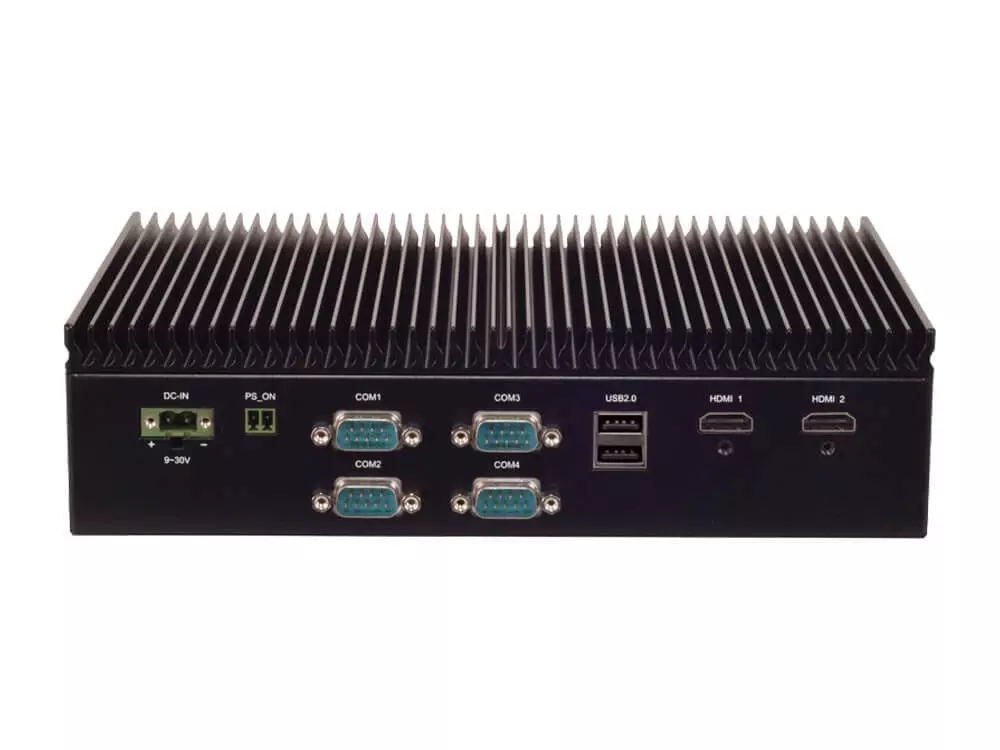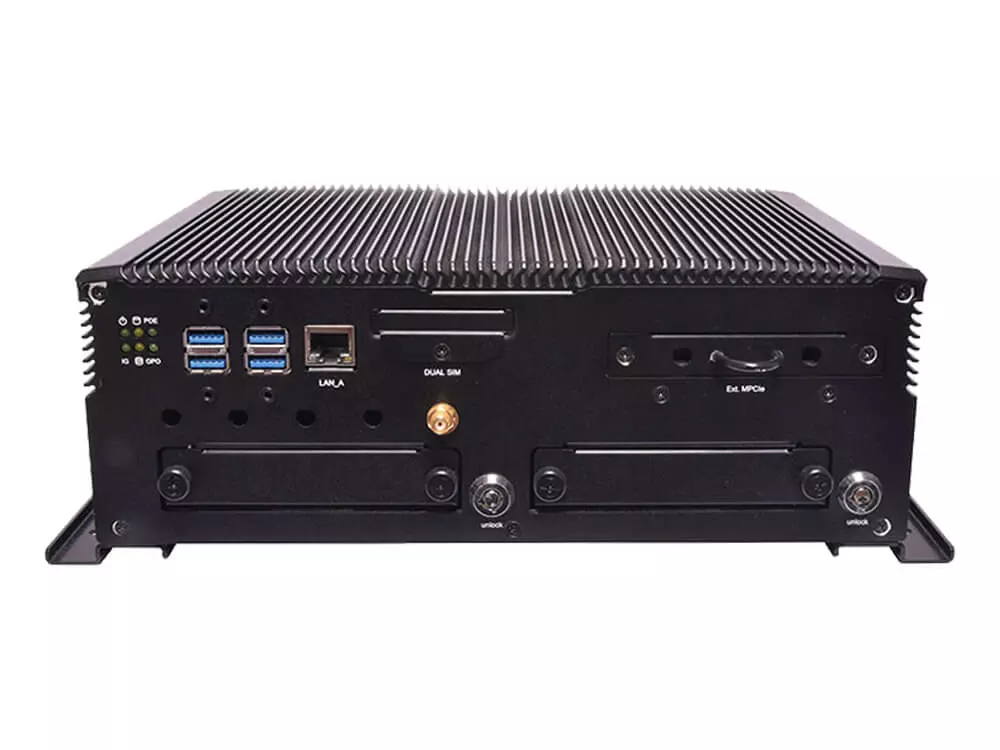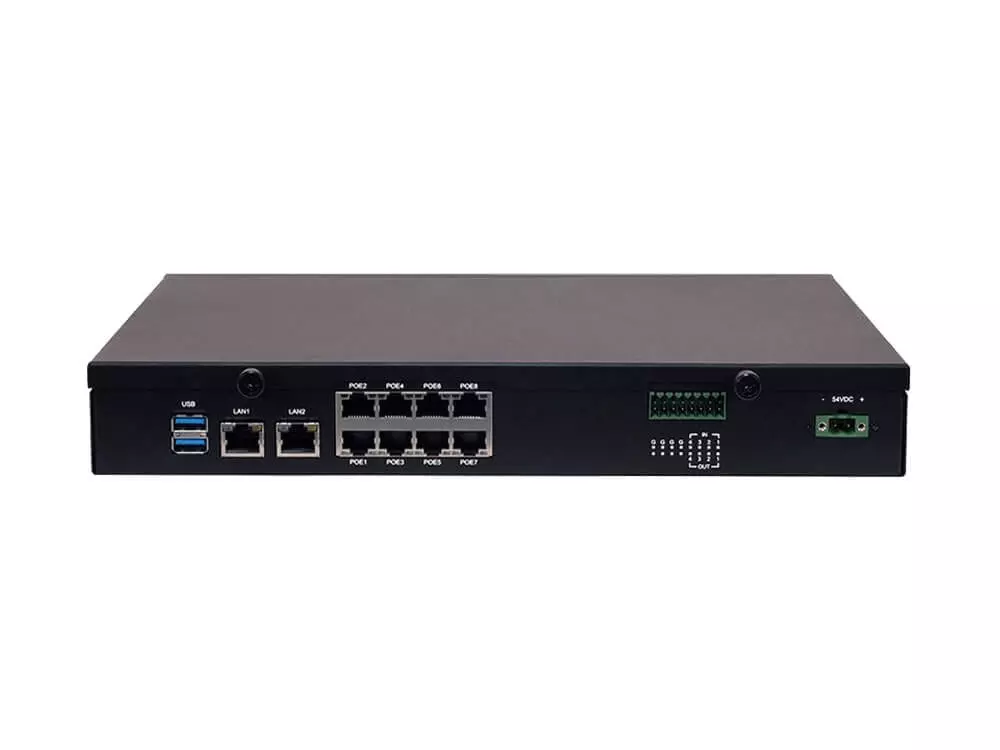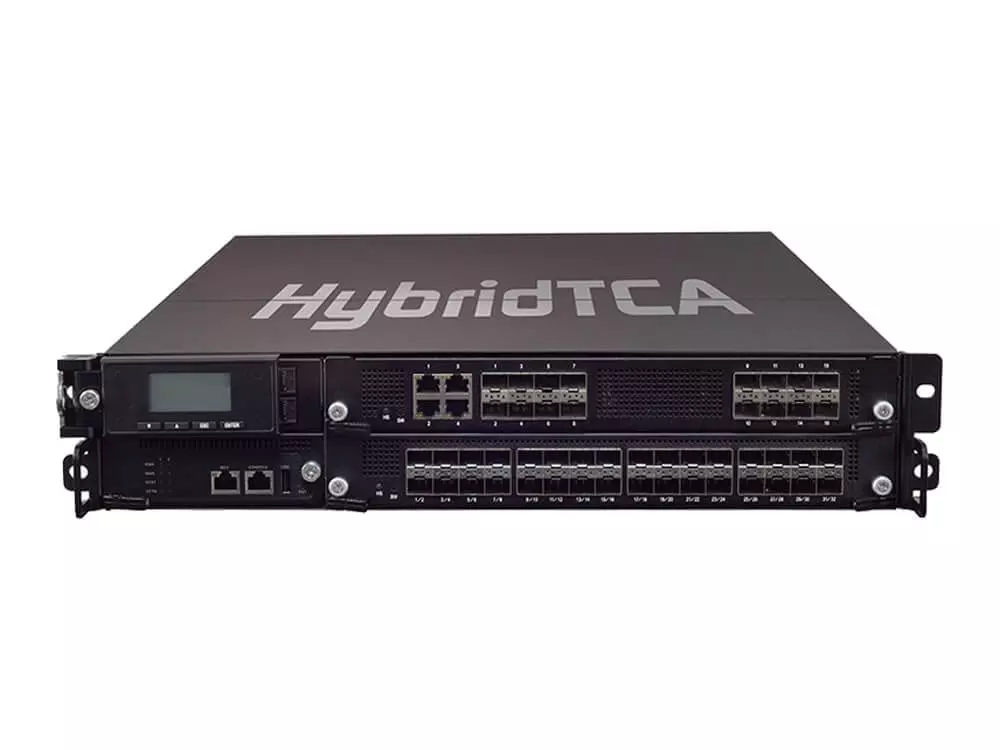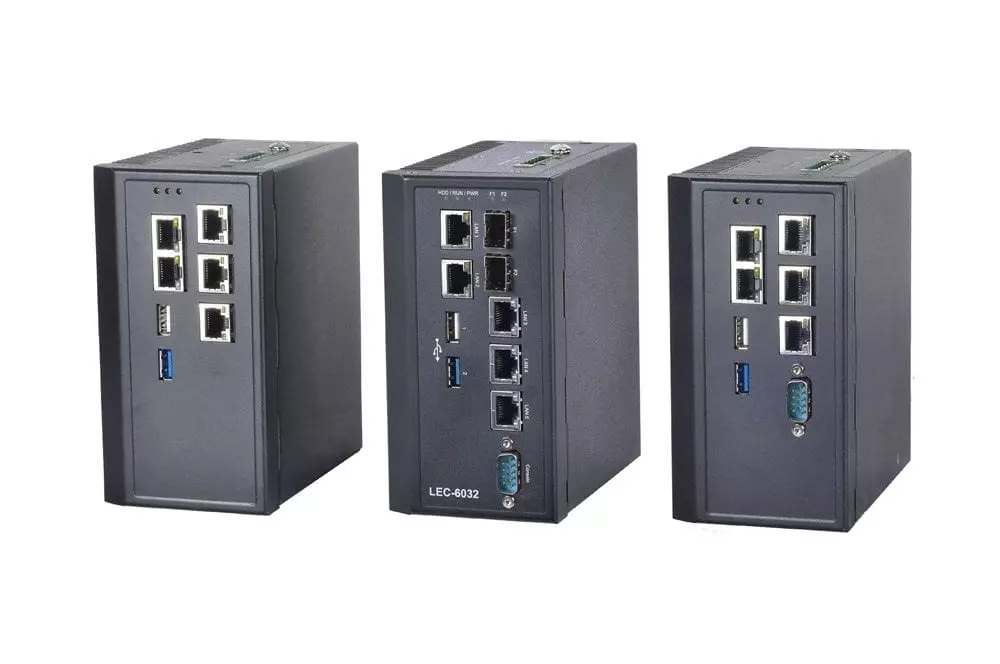 Natural disasters, like earthquake and typhoon, often result in building collapses, landslides and floods. To lower the casualties and minimize the extensive damages, a Taiwanese-based, IoT solution integrating company has worked closely with a local academic institution to develop a new real-time structure safety and hazard mitigation system. This system monitors the status of selected school buildings, historical monuments, bridges, tunnels and hill slopes in the greater Taipei area. The installment of the system will collect real-time status and deliver accurate measurement of the deployed sites and the gathered information serve as warning, damage reporting or post-disaster reconstruction purposes.
Natural disasters, like earthquake and typhoon, often result in building collapses, landslides and floods. To lower the casualties and minimize the extensive damages, a Taiwanese-based, IoT solution integrating company has worked closely with a local academic institution to develop a new real-time structure safety and hazard mitigation system. This system monitors the status of selected school buildings, historical monuments, bridges, tunnels and hill slopes in the greater Taipei area. The installment of the system will collect real-time status and deliver accurate measurement of the deployed sites and the gathered information serve as warning, damage reporting or post-disaster reconstruction purposes.
Requirement
The structure safety and hazard mitigation system requires the data collected from a number of sensors, including highly sensitive GPS sensors, laser scanning and sensing devices, seismometer and inclinometers. In every five seconds, these sensors report real time data about vibration and horizontal/vertical tilt to the host through wireless network. The reported information will be analyzed by geometrical variation calculation and displayed in a graphical, web-based user-interface labeled with different colors based on hazard classifications. Each color representing its class of hazardousness is setup with its standard of responses and actions towards reported alerts.
This company came to Lanner looking for an industrial-grade data communication gateway for sensor connection, data analysis, and wireless protocol transmission. As industrial computers are deployed in harsh, remote site such as building roof, bridge or unmanned area, this computer must be designed in fanless structure and wide temperature support to operate properly. Regarding the needs of sensor connection and data packet delivery, this appliance must be equipped with multiple LAN ports , I/O ports and wireless network connectivity.
Solution
LEC-7106 is selected as the hardware solution for the structure safety and hazard mitigation system. The slim, compact box PC comes with fanless design, dustproof, remote power control and wide temperature operability. To connect this box PC with external sensors and meters, the computing device is designed in 4 x serial COMs and 4 x USB ports, making it perfect to connect multiple sensing devices in the field. The built-in Intel® Atom® CPU delivers data at a low power consumption. For wireless connectivity, LEC-7106 features a mini-PCIe slot with SIM card reader for cableless data transmission
Benefit
By integrating LEC-7106, external sensors and geometric calculations, a structure safety and hazard mitigation system can be established to monitor status of hazardous zones and provide quick responses.
The next step is a “Smart City” where the LEC-7106 based monitoring system is linked with intelligent emergency and traffic control. This will not only speed up the alert messages over the broadcast network for citizens in the targeted zones, but also replaces the traditional manual access control of traffic infrastructure. For instance, if the monitoring system detects an abnormal condition at a slope, river or city sewer, this platform can automatically deliver the messages to the intelligent traffic control system to immediately shutdown accesses, like roads and bridges, to the hazardous area. This will greatly shorten the response time and reduce casualties as well as property damages.
